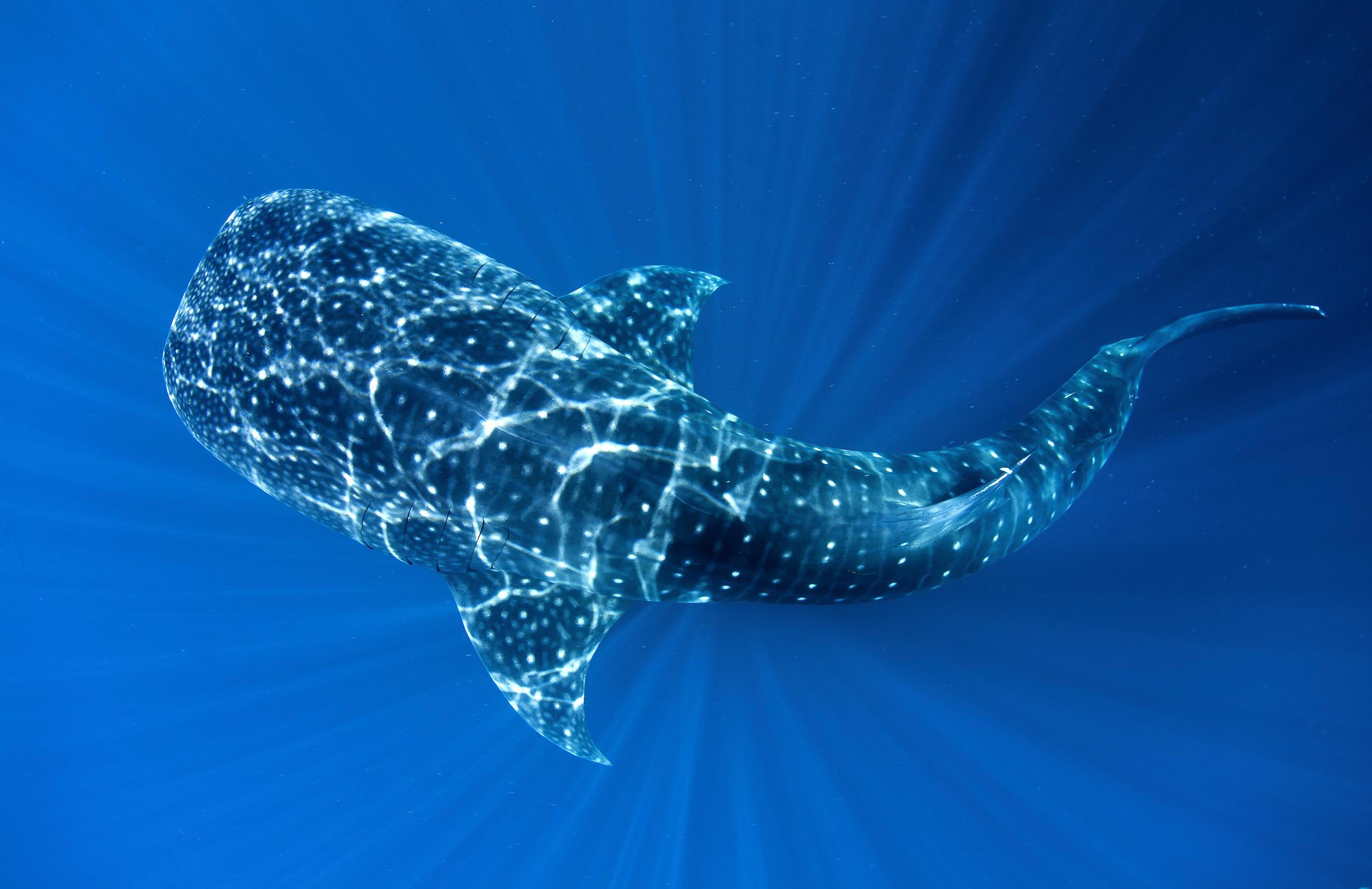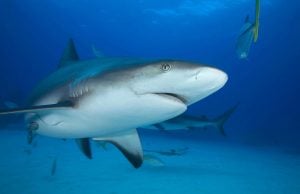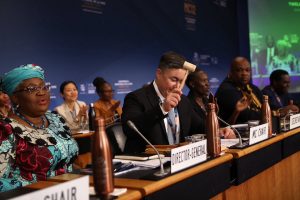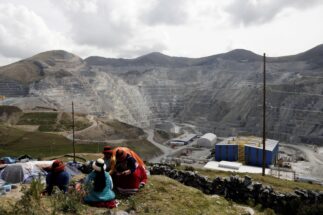After two decades of negotiations, almost 200 countries have agreed to a legally binding treaty to protect marine life on the high seas. These vast areas of ocean beyond countries’ territorial waters cover about half of the planet’s surface and have until now been mostly unregulated.
The agreement was finalised late on Saturday night in New York, following two weeks of negotiations at the UN headquarters, and after several rounds of failed talks since 2018. Rena Lee, the conference president, said “the ship has come to shore” and thanked delegates for their commitment. Many had been inside the conference hall for two days and remained through the night to see the deal made. “The success is also yours,” she said.
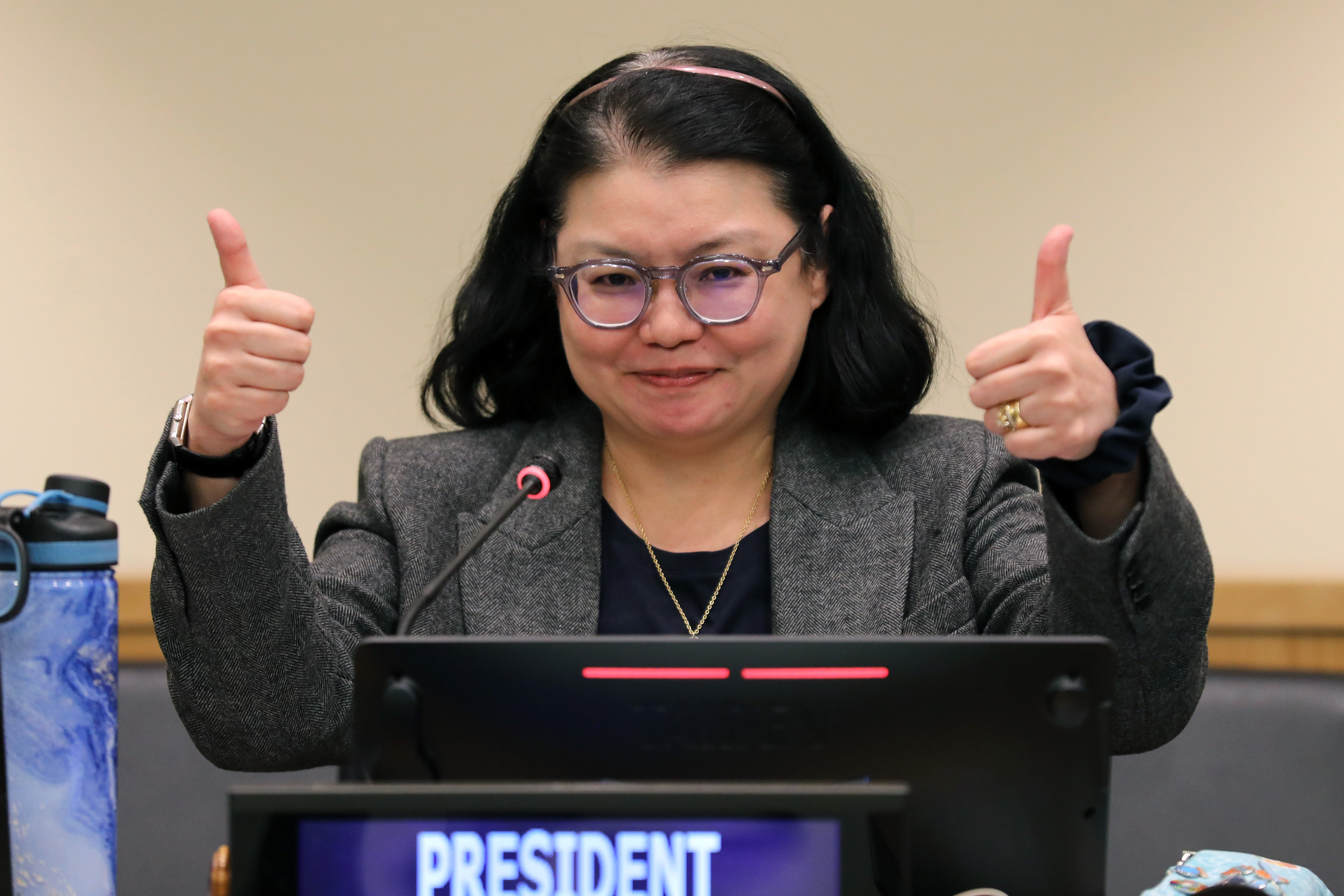
The high seas, often referred to as international waters, provide a habitat for unique species and ecosystems, support fisheries and absorb greenhouse gas emissions. But they are also vulnerable to increasing human activity, including industrial fishing and, potentially, deep-sea mining. There is also a growing demand for “marine genetic resources” – materials and genetic sequences from marine plants and animals of immense potential value for the pharmaceutical, biofuel and chemical industries.
The so-called “BBNJ treaty” – referring to biodiversity beyond national jurisdiction – creates a framework for the conservation and sustainable use of marine life on the high seas. It will play a crucial role in meeting the 30×30 pledge to protect 30% of the planet’s ocean and 30% of its land by 2030, made by countries last year under the Montreal-Kunming Global Biodiversity Framework.
The new agreement “will allow for the kind of oversight and integration we need if we want the ocean to keep providing the social, economic and environmental benefits humanity currently enjoys,” said Jessica Battle, a global oceans policy and governance expert at WWF.
The detail of the agreement
One of the most significant outcomes of the new treaty is that it will enable countries to establish new marine protected areas (MPAs) on the high seas. Despite representing nearly two-thirds of the global ocean, only 1% of these waters are currently protected, presenting both big challenges and opportunities ahead.
Countries will have to submit their proposals for new MPAs to be considered by all parties to the agreement, and these will then be subject to a vote among them. Decisions will be taken by consensus, but if that cannot be reached, a three-quarter majority will be considered sufficient.
Giving states the ability to create MPAs on the high seas, even without consensus, is “one of the big wins from the agreement”, said Andrew Deutz, Director of Global Policy, Institutions and Conservation Finance at The Nature Conservancy.
Conservation organisations, governments and scientists have already suggested areas that should be prioritised for MPAs on the high seas: the Pew Charitable Trusts group has identified 10 sites across the world with “high concentrations of conservation features worthy of protection”, including the Salas y Gómez and Nazca Ridges proposed by Chile since 2021.
The BBNJ agreement also asks states to carry out environmental impact assessments (EIAs) when a planned activity on the high seas may have more than a minor or temporary effect on the marine environment, or the effects of the activity are unknown or poorly understood.
However, certain aspects of the text’s provisions on EIAs have caused concern for some observers. Existing bodies already responsible for regulating potentially harmful activities, such as the International Seabed Authority (ISA) on deep-sea mining, will continue to do so without having to follow the EIAs standards set under the BBNJ treaty.
“This is a loophole countries were able to include in the text – it’s not as strong as we would have liked,” said Veronica Frank, a political adviser for Greenpeace. She described the ISA’s EIAs as “very bad and not transparent”.
One of the sticking points, which caused divisions between developing and developed countries, was how to fairly share the marine genetic resources located within the high seas, and the potential profits. To address this, countries agreed to create a financial mechanism that will equitably distribute any monetary benefits from these resources’ use, a fund set to be discussed further at a future conference of the parties.
Though some finer details and questions over implementation remain outstanding, the agreement has generally been positively received.
The ocean has ‘given humanity so much’… it’s now ‘time to give back’Ursula von der Leyen, president of the European Commission
“This text offers the opportunity for significant progress in high seas protection,” said Torsten Thiele, head of the Global Ocean Trust. “It will need appropriate resources to deliver effective ecosystem management.”
Ursula von der Leyen, the president of the European Commission, said the ocean has “given humanity so much” and that it’s now “time to give back”. The EU and its member states are part of the High Ambition Coalition of 52 countries supporting the treaty.
Monica Medina, the US Assistant Secretary of State for Oceans and International Environmental and Scientific Affairs, also welcomed the agreement. “The world came together to protect the ocean for the benefit of our children and grandchildren,” she said.
Russia and Nicaragua were some of the countries that registered concerns over the final text. Julian Chen, a researcher at Australia’s Macquarie University, said China also had some initial concerns about the agreement, but ended up being very engaged in the process as a member of the High Ambition Coalition.
Treaty implementation
The treaty will need to be formally adopted at a later session, and then await legal passage in member nations, with the agreement only set to enter into force two months after the 60th country has ratified it. NGOs and marine experts are hopeful this won’t take more than a year, considering the growing momentum of ocean protection and focus on these talks.
Beyond increased political support – the EU, for example, recently pledged nearly 820 million euros (US$875 million) for ocean protection – private donors such as the Bezos Earth Fund and the Gordon and Betty Moore Foundation have also collectively committed US$5 million to support developing nations to join the treaty.
“Governments and civil society must now ensure that the agreement is adopted and rapidly enters into force, and is effectively implemented to safeguard high seas biodiversity,” said Liz Karan, director of Pew’s ocean governance project.
Rebecca Hubbard, director of the High Seas Alliance, a conservation network of over 40 NGOs, said they will be looking to the states that make up the High Ambition Coalition to lead the charge to adopt, ratify and identify important high seas areas to protect.
The International Union for the Conservation of Nature’s high seas adviser Kristina Gjerde and a group of marine experts wrote last year that as well as bringing the agreement into force, countries must build capacity to ensure wide participation and effective implementation.
“The growing impacts of climate change and human activities on the global ocean necessitate urgent action, so we must begin to work on the implementation of the BBNJ agreement as soon as possible to secure ocean health for the benefit of present and future generations,” they wrote.
